It's not uncommon for people to say to me, upon hearing that I'm an acupuncturist,
"That's so cool! I've always wanted to try that, but I'm too scared of needles!!"
Well, today's post isn't intended to change your mind just yet (although, did you know that most acupuncture needles are as a thin as human hair and will bend if you touch them?! Take a look at this photo for size comparison). Today, I want to tell you that getting "poked" isn't the only way to benefit from Traditional Chinese Medicine (TCM). If you've looked around on my website, you've probably noticed that I provide many services in addition to acupuncture. Dietary therapy, herbal medicine, electrical-stimulation, moxibustion, and today's subject, fire cupping, are all effective parts of a TCM treatment.
You might be thinking to yourself,
"Fire cupping? That sounds scarier than acupuncture!"
A treatment based on negative pressure.
Well, it's only called fire cupping because the treatment uses heat to adhere round glass jars called cups to specific parts of the body. A flame is quickly inserted and removed from the cup to remove most of the oxygen and create a vacuum. The negative pressure from the vacuum allow the glass cups to adhere to the skin, drawing both the skin and superficial muscle tissue upwards. This attracts blood, lymph fluids, and qi (energy) to the site in large quantities. Local circulation is increased and fresh oxygenated blood saturates the tissue beneath the cups. This increased blood flow often leaves circular shaped redness or bruising on the skin after the cup is removed. The darkness of the mark depends on the amount of suction used, the length of time the cup is left on, and how tight or stagnant the underlying tissue was before treatment. Overall, fire cupping increases circulation, releases tight muscles, and breaks up congestion in the body.
But what does it feel like?
When cups are placed on the body and moved around they can feel like a strong deep tissue massage. Cupping should never be painful. Cups can be left on specific acupuncture points for up to 20 minutes, or massage oil can be used beneath the cups to allow them to glide over large muscular areas. People often compare fire cupping to an "inverted massage" and patients love how relaxed and calm they feel afterwards. I often use fire cupping when treating patients for stress, insomnia, and anxiety.
Fire cupping isn't just a spa treatment.
Here are a few ways cupping can be used therapeutically:
Relieving tight muscles. Fire cupping is most widely known for relieving neck, shoulder, and back tension. Those photos of celebrities with circular bruises on their backs? That's from cupping. Does sitting at a computer all day long leave you with a stiff neck? Cupping is the perfect therapy for you.
Improving respiratory health. One of the original uses of fire cupping was for treating pulmonary tuberculosis. Lucky for us, pulmonary TB is fairly rare these days, but respiratory ailments such as the common cold or bronchitis are as common as ever. Fire cupping helps break up congestion in lungs, allowing mucus to be easily expectorated. Has that back-to-school cold settled in your lungs? Cupping can help you with that.
Relieving pain. In TCM, all pain is due to stagnation or obstruction. Blood, lymph, and energy get stuck, start to congest a specific area, and result in pain. Fire cupping strongly moves blood, lymph, and energy and can relieve pain quickly. Do you suffer from sciatica or other low back pain? Cupping will give you the relief you're looking for.
Increasing detoxification. Fire cupping stimulates lymph fluid circulation, helping the body rid itself of old toxins. Cupping also increases blood flow to the liver, one of the main detoxification organs, allowing it to work more effectively. Did you overindulge at the Minnesota State Fair this summer? A detox cupping massage can be a great accompaniment to a full detoxification program.
**Something to note: While firecupping is a popular and effective treatment, it's not suitable for everybody. Pregnant women, cancer patients, folks with circulatory issues on blood thinners, and people with severe dermatological issues should abstain from cupping.
Ready to try cupping for yourself?
If you’re new the clinic, please book a new patient appointment to establish care, and share your interest in cupping with your practitioner! Cupping therapy is included in our acupuncture appointments when it is appropriate for the patient and their chief concerns.
For established patients, we also offer a quick 25-minute cupping appointment, which is perfect for a tune-up between acupuncture sessions and maintenance care!
*The information provided on this site is intended for your general knowledge only and is not a substitute for professional medical advice or treatment for specific medical conditions. You should not use this information to diagnose or treat a health problem or disease without consulting with a qualified healthcare provider. Please consult your healthcare provider with any questions or concerns you may have regarding your condition.
*Heads up! This post may contain some affiliate links. If you buy something through one of those links you won't pay a single cent more, but we'll get a small commission that helps keep the content flowing. P.S. We only recommend products we use in our own daily life!







